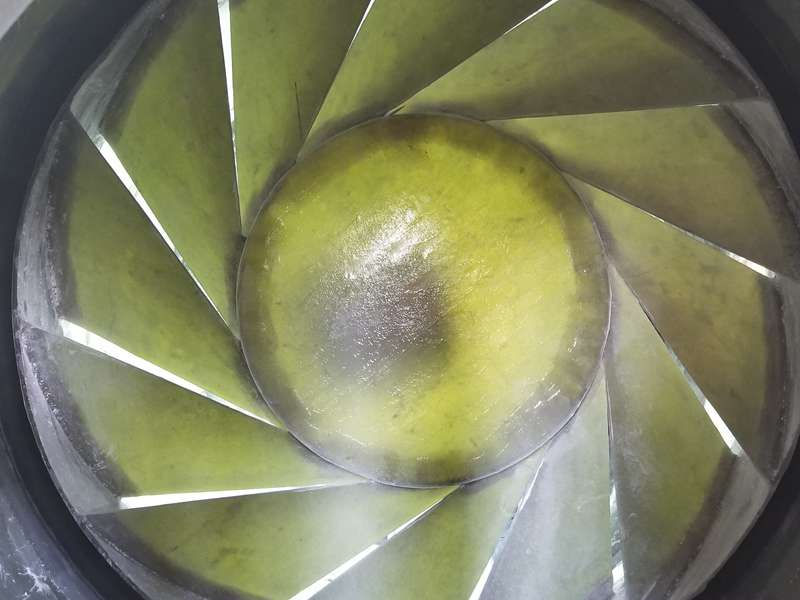
-
 Afrikaans
Afrikaans -
 Albanian
Albanian -
 Amharic
Amharic -
 Arabic
Arabic -
 Armenian
Armenian -
 Azerbaijani
Azerbaijani -
 Basque
Basque -
 Belarusian
Belarusian -
 Bengali
Bengali -
 Bosnian
Bosnian -
 Bulgarian
Bulgarian -
 Catalan
Catalan -
 Cebuano
Cebuano -
 China
China -
 China (Taiwan)
China (Taiwan) -
 Corsican
Corsican -
 Croatian
Croatian -
 Czech
Czech -
 Danish
Danish -
 Dutch
Dutch -
 English
English -
 Esperanto
Esperanto -
 Estonian
Estonian -
 Finnish
Finnish -
 French
French -
 Frisian
Frisian -
 Galician
Galician -
 Georgian
Georgian -
 German
German -
 Greek
Greek -
 Gujarati
Gujarati -
 Haitian Creole
Haitian Creole -
 hausa
hausa -
 hawaiian
hawaiian -
 Hebrew
Hebrew -
 Hindi
Hindi -
 Miao
Miao -
 Hungarian
Hungarian -
 Icelandic
Icelandic -
 igbo
igbo -
 Indonesian
Indonesian -
 irish
irish -
 Italian
Italian -
 Japanese
Japanese -
 Javanese
Javanese -
 Kannada
Kannada -
 kazakh
kazakh -
 Khmer
Khmer -
 Rwandese
Rwandese -
 Korean
Korean -
 Kurdish
Kurdish -
 Kyrgyz
Kyrgyz -
 Lao
Lao -
 Latin
Latin -
 Latvian
Latvian -
 Lithuanian
Lithuanian -
 Luxembourgish
Luxembourgish -
 Macedonian
Macedonian -
 Malgashi
Malgashi -
 Malay
Malay -
 Malayalam
Malayalam -
 Maltese
Maltese -
 Maori
Maori -
 Marathi
Marathi -
 Mongolian
Mongolian -
 Myanmar
Myanmar -
 Nepali
Nepali -
 Norwegian
Norwegian -
 Norwegian
Norwegian -
 Occitan
Occitan -
 Pashto
Pashto -
 Persian
Persian -
 Polish
Polish -
 Portuguese
Portuguese -
 Punjabi
Punjabi -
 Romanian
Romanian -
 Russian
Russian -
 Samoan
Samoan -
 Scottish Gaelic
Scottish Gaelic -
 Serbian
Serbian -
 Sesotho
Sesotho -
 Shona
Shona -
 Sindhi
Sindhi -
 Sinhala
Sinhala -
 Slovak
Slovak -
 Slovenian
Slovenian -
 Somali
Somali -
 Spanish
Spanish -
 Sundanese
Sundanese -
 Swahili
Swahili -
 Swedish
Swedish -
 Tagalog
Tagalog -
 Tajik
Tajik -
 Tamil
Tamil -
 Tatar
Tatar -
 Telugu
Telugu -
 Thai
Thai -
 Turkish
Turkish -
 Turkmen
Turkmen -
 Ukrainian
Ukrainian -
 Urdu
Urdu -
 Uighur
Uighur -
 Uzbek
Uzbek -
 Vietnamese
Vietnamese -
 Welsh
Welsh -
 Bantu
Bantu -
 Yiddish
Yiddish -
 Yoruba
Yoruba -
 Zulu
Zulu
Comprehensive Guide to Chemical Products for Fiber Reinforced Polymer Applications
Chemical Products for FRP Applications A Comprehensive Guide
Fiber Reinforced Polymer (FRP) is a composite material that has been gaining significant attention across various industries, including construction, automotive, aerospace, and marine sectors. FRP offers a combination of high strength, lightweight properties, and resistance to corrosion, making it a suitable choice for applications requiring durability and longevity. However, to fully exploit the advantages of FRP, it’s essential to utilize appropriate chemical products during its manufacturing and application. This guide provides an overview of the key chemical products relevant to FRP applications, ensuring optimal performance and sustainability.
One of the primary chemical products used in FRP applications is resin. Resins serve as the matrix that binds together the reinforcement fibers, providing structural integrity to the composite. The most commonly used resins include epoxy, polyester, and vinyl ester. Epoxy resins are favored for their excellent adhesion, low shrinkage, and superior mechanical properties, making them ideal for high-performance applications. Polyester resins, on the other hand, are more cost-effective and provide adequate performance in less demanding environments. Vinyl ester resins combine the advantages of both epoxy and polyester, offering enhanced resistance to corrosion and heat.
Reinforcement fibers, typically glass, carbon, or aramid fibers, play a crucial role in determining the strength and stiffness of FRP composites. Glass fibers are the most widely used due to their cost-effectiveness and availability. Carbon fibers, while more expensive, provide exceptional strength-to-weight ratios and are often used in aerospace and automotive applications. Aramid fibers, known for their impact resistance, are ideal for applications requiring high toughness.
chemical products for frp applications a comprehensive guide

In addition to resins and reinforcement fibers, various additives and fillers are employed to enhance the properties of FRP composites. Fillers such as silica and talc improve the mechanical properties and reduce costs. Additives like UV stabilizers and flame retardants can be incorporated to enhance the durability and safety of the final product, particularly in outdoor or high-risk environments.
The curing agents, or hardeners, are vital components in the curing process of resins. They facilitate the chemical reaction that transforms the liquid resin into a solid state. Common curing agents include amines for epoxy resins and peroxides for polyester resins. The choice of curing agent significantly impacts the curing time, final properties, and durability of the composite.
Surface treatments and coatings are also essential in FRP applications. These products provide a protective layer against environmental factors such as moisture, chemicals, and UV radiation, prolonging the lifespan of the composite. Additionally, anti-slip coatings can enhance safety in pedestrian applications.
In conclusion, the selection of chemical products for FRP applications is critical for achieving the desired performance and longevity of the composite materials. By understanding the roles of resins, reinforcement fibers, additives, and coatings, manufacturers can create high-quality FRP products that meet the demands of an evolving market. As industries continue to innovate, the development and application of advanced chemical products will play a pivotal role in the future of FRP technology.
Latest news
-
Exploring the Benefits of Top Hammer Drifter Rods for Enhanced Drilling PerformanceNewsJun.10,2025
-
High-Precision Fiberglass Winding Machine for GRP/FRP Pipe Production – Reliable & Efficient SolutionsNewsJun.10,2025
-
FRP Pipes & Fittings for Shipbuilding - Corrosion-Resistant & LightweightNewsJun.09,2025
-
Premium FRP Flooring Solutions Durable & Slip-ResistantNewsJun.09,2025
-
Premium Fiberglass Rectangular Tanks Durable & Lightweight SolutionNewsJun.09,2025
-
Tapered Drill String Design Guide Durable Performance & UsesNewsJun.09,2025









